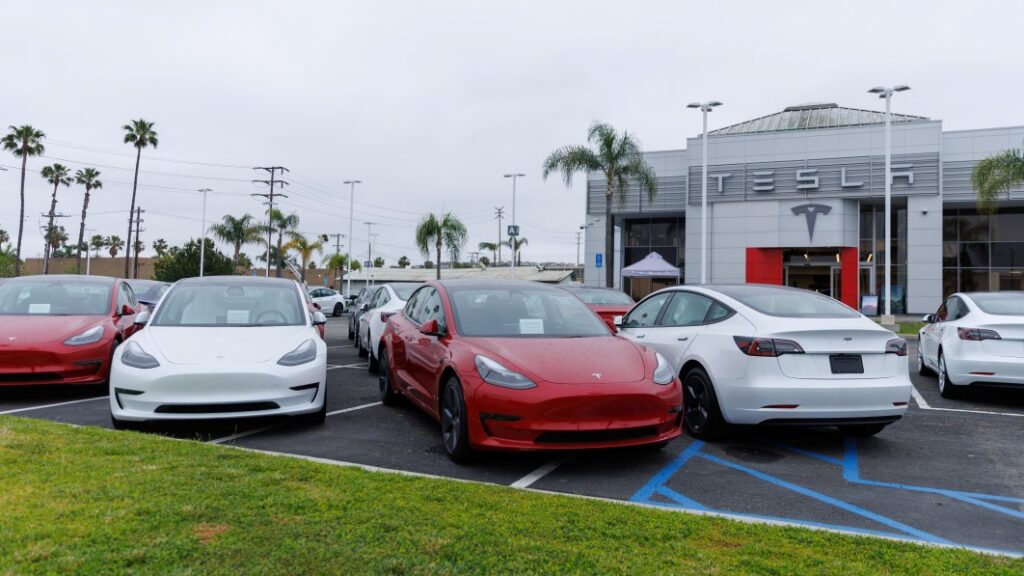Owners say Tesla disconnected their radar sensors during routine servicing

Tesla made waves when it announced the decision to move away from radar tech in its vehicles in favor of cameras and began rolling out models with “Tesla Vision” in 2021. However, many owners’ vehicles were manufactured before that time, leaving Tesla with diverging technologies to maintain. It appears the automaker is taking steps to force the conversion to its camera-only system for older models. The Drive reported that Tesla forum users have noticed that their vehicles’ radars were removed without notice during service visits.
Tesla Motors Club user black night 3 noted the change in a Tesla service bulletin, which they said states, “Autopilot and Active Safety Features that were using front radar sensor data transitioned to using camera data (Tesla Vision), making the front radar unnecessary.” Other users noted a line item on their service invoices, which many people approve without much thought, giving the techs an open runway to disconnect the radar.
Some forum users worried that removing the radar would involve pulling part of the bumper. Thankfully for them, it appears Tesla can deactivate the system by disconnecting a wiring harness and capping the plug. Others said they’d asked that the service invoice line item be removed, only to see it automatically added back by the computer system. Even if the owners can skirt the deactivation process during a service visit, their vehicles will receive an over-the-air update in the future that will bypass the radar system.
A few users noted that they were told their vehicles’ radar systems hadn’t been used in a while, so it might seem silly for Tesla to go through the hassle of disconnecting or deactivating the hardware. The step is apparently necessary to prevent battery drain.
This move puts Tesla at odds with every other automaker working on an advanced semi-autonomous driving assistance system. Volvo, for example, is adding hardware to its next-generation EVs, and several others are taking a similar approach, reasoning that a combination of sensor types is safer, particularly at night or in inclement weather. At the same time, Tesla’s camera-only approach limits the functionality of some systems, including Autopilot, which requires greater following distances.



